
The best way to experience Japanese tradition and culture is to go to a festival. In Japan, various festivals are held all over the country, and some of them are famous and attract large numbers of people.
Therefore, in this article, we will introduce the festivals held in eastern Japan that you should see at least once.
We will also explain etiquette and tips for enjoying the festival, so please use it as a reference.
■Please check it out when you visit Japan! 10 festivals from all over Japan [Eastern Japan edition]

Various festivals that represent Japan are held throughout eastern Japan. Here, we will introduce festivals that you should definitely see when you visit eastern Japan.
Important intangible folk cultural property of the country! “Aomori Nebuta Festival”
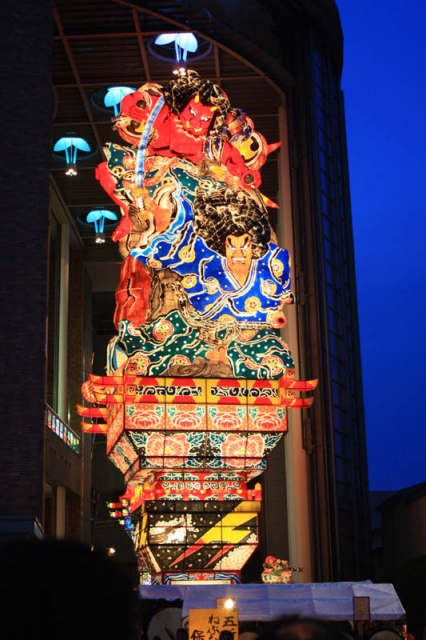
The Aomori Nebuta Festival, a festival representing Aomori Prefecture, is one of the three major festivals in Tohoku and has been designated as a national important intangible folk cultural property.
The sight of huge, lighted floats called “Nebuta” moving through the city is very colorful. You can also enjoy the powerful sight of dancers called “Haneto” chanting “Rassera! Rassera!” as they dance.

Sendai City’s summer tradition “Sendai Tanabata Festival”

The Sendai Tanabata Festival is a famous festival in Miyagi Prefecture that has been going on since the era of Date Masamune. During the festival, bamboo decorations made of colorful Japanese paper are displayed throughout the city.
Indispensable for bamboo decorations are decorations called “seven decorations” such as strips of paper and origami cranes, which each symbolize “prosperity in business,” “good health,” and “healthy longevity.”
It contains such wishes.

“Akita Kanto Festival” boasts a history of about 270 years

The Akita Kanto Festival in Akita Prefecture is one of the three major festivals in Tohoku, along with the Aomori Nebuta Festival.
The sight of people called “Sashite” freely manipulating “Kanto” with 46 hanging lanterns placed on their palms, hips, or foreheads is impressive and truly a work of craftsmanship.
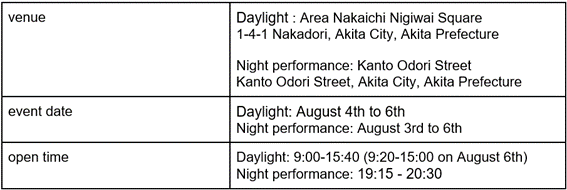
“Yamagata Hanagasa Festival” is considered one of the four major summer festivals in Tohoku.

Yamagata Hanagasa Festival is a festival that represents Yamagata Prefecture. Dancers wearing bright costumes parade around town while dancing to the “Hanagasa Ondo” song, holding flower hats decorated with Yamagata Prefecture’s prefectural flower, safflower, in their hands.
The hanagasa taiko drum serves as the accompaniment for the dance. A heroic sound is played along with chants of “Yassho! Makasho!” This festival is attended by many foreigners living in Yamagata Prefecture.

The taiko drum parade certified by Guinness is a must-see: “Morioka Sansa Odori”

The Morioka Sansa Odori in Iwate Prefecture is a taiko festival that has been recognized by the Guinness Book of World Records as the “world record for the simultaneous performance of Japanese taiko drums.” A group of Sansa Odori dancers, a traditional dance from Morioka City and the surrounding area, will parade to the beat of drums and flutes.
A spectacular dance performance will be performed while chanting “Sakkora choi wayasse”.

Travel back in time to the Sengoku period? ! “Soma Nomaoi”

At the Soma Nomaoi festival in Fukushima Prefecture, you can see about 400 mounted warriors wearing armor galloping through the fields. The sight of brave warriors marching while holding high the flags that have been passed down from generation to generation is like a picture scroll from the Sengoku period.
You’ll feel like you’ve traveled back in time to a long time ago.
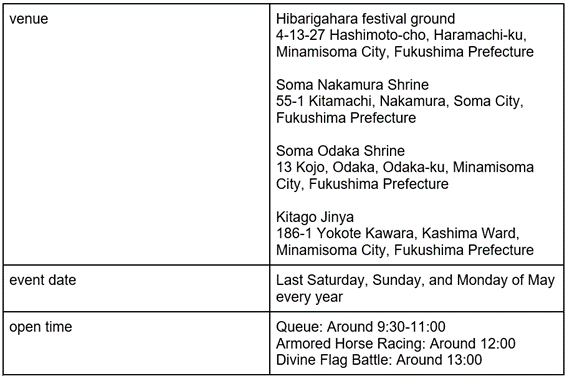
“Sawara Grand Festival” registered as a UNESCO World Intangible Cultural Heritage

The Sawara Grand Festival, held in Chiba Prefecture, is a festival that boasts about 300 years of tradition. It has been designated as a UNESCO Intangible Cultural Heritage and a National Important Intangible Folk Cultural Property.
Held twice a year as a summer festival and an autumn festival, the sight of large floats circling the city accompanied by the sound of Sawara Hayashi is reminiscent of the Edo period.
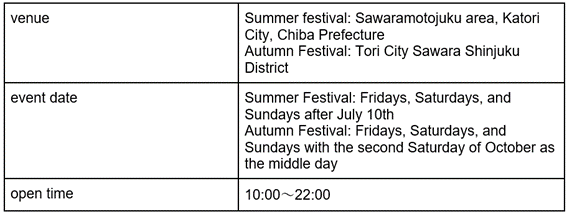
“Yamaage Festival” where you can be enchanted by the gorgeous world
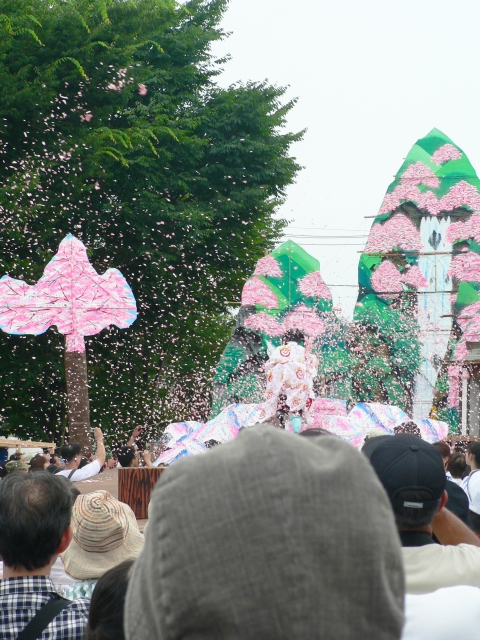
The Yamaage Festival, a summer tradition in Tochigi Prefecture, is a festival designated as a UNESCO Intangible Cultural Heritage and a National Important Intangible Folk Cultural Property. At the festival, outdoor kabuki is performed on a mountain made from Karasuyama washi paper, a local specialty.
The highlight is the gorgeous world of Kabuki, the beautiful dances performed by the charming dancers, and the sight of young people quickly setting up and dismantling the stage in one line.

The sight of 10,000 floating lanterns is a sight to behold: “Eiheiji Daitoro Nagashi.”
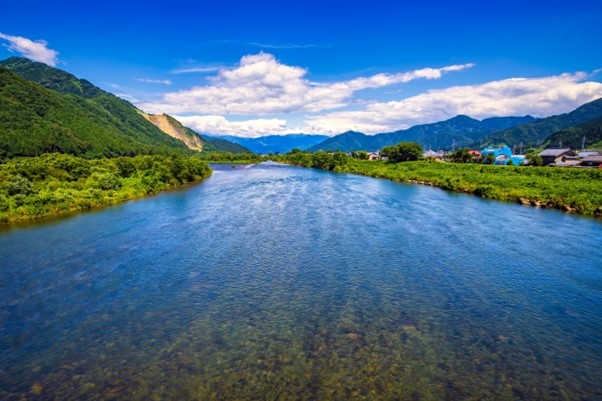
The event that concludes the summer in Fukui Prefecture is Eiheiji Daitoro Nagashi. The Yakuryo, who are in charge of the management and education of Eiheiji, the head temple of the Soto sect, and the Unbeishu, monks in training from all over the country, gather together to read sutras.
Afterwards, about 10,000 lanterns are floated down the Kuzu River, including “Kuyo lanterns” to commemorate ancestors and “Wish lanterns” with wishes written on them. The light from the lanterns floating on the river is very magical, and you can feel the atmosphere of Japan.
It is an event that has been certified as Japan’s night view heritage as the best lantern float in Japan.

The sophisticated dance is a must-see: “Ecchu Yao Owara Kaze Bon”
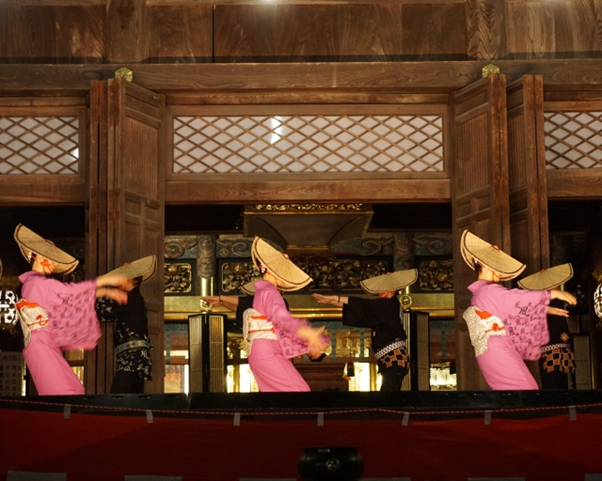
The event that represents Toyama Prefecture is Etchu Yao Owara Kaze no Bon. People wearing woven hats that cover their eyes deeply float through the city to the tune of “Etchu Owarabushi.”
Etchu Owarabushi is a folk song characterized by the use of shamisen, kokyu, drums, and flavorful songs. It’s a beautiful melody that somehow makes you feel melancholy.
The sight of crowds of woven hats passing through streets that still retain traces of the past is beautiful and elegant.

■Tips and things to keep in mind when enjoying festivals across Japan
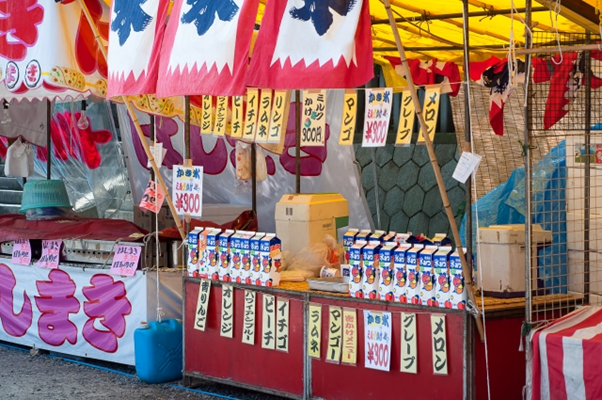
Festivals across Japan have unique ways of enjoying and rules. We will introduce a few of them to you, so please keep them in mind.
Participate actively in the festival
Please actively participate in festivals that are open to tourists. For example, at the Aomori Nebuta Festival, if you wear a costume called “Haneto”, you can just walk in and participate.
Haneto can be purchased at department stores or rented at costume rental stores. By participating in the dance, you will be able to experience the fun, emotion, and energy of Japanese festivals even more.
Also, if you attend the festival in Japanese attire as much as possible, you will feel more excited. At some sightseeing spots, you can rent yukatas and happi coats, so be sure to take advantage of them.
Have cash ready
At the festival, there will be many food stalls where you can enjoy gourmet food and games. Many food stalls do not accept credit cards, electronic money, or smartphone code payments, so be sure to have cash on hand. Most of the items sold at the food stalls are worth a few hundred yen, so be sure to have small change or 1,000 yen bills ready in advance.
Be sure to take precautions against the heat and toilets
Japanese festivals are often held in August, the hottest month, so it’s a good idea to bring towels, water, and fans. Also, keep your passport with you in case you feel unwell.
It is also important to check the location of the toilet in advance. Restrooms are expected to be crowded during festival times, so it’s best to use the restroom beforehand.
■If you want to experience Japanese tradition and culture, go to a festival

At festivals across Japan, you can experience Japanese tradition and culture firsthand. As you can see from this East Japan edition, festivals have different characteristics depending on the region, so you’ll be able to enjoy them in different ways.
If a festival is held while you’re in Japan, be sure to attend and experience it for yourself. I’m sure you’ll love Japan even more.
Q&A
Q: What is the festival that represents eastern Japan?
A: Some of the festivals include the Aomori Nebuta Festival in Aomori Prefecture, the Sendai Tanabata Festival in Miyagi Prefecture, the Yamagata Hanagasa Festival in Yamagata Prefecture, and the Morioka Sansa Odori in Iwate Prefecture. Other traditional festivals are also held in each region.
Q: What should I bring to the festival?
A Cash is required. If it’s a summer festival, bring a fan, towel, and water to beat the heat. Make sure to carry your passport with you in case you feel unwell.

